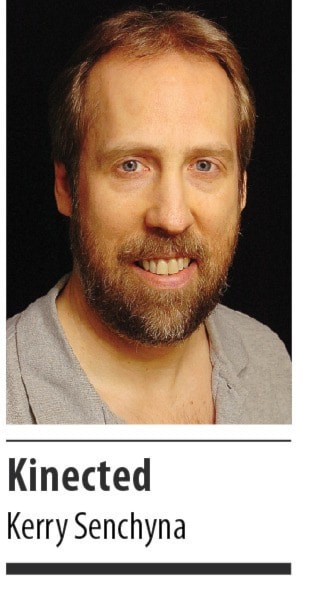The shoulder is an inherently unstable joint, perhaps the most unstable in the entire body.
The advantage to having such a flexible joint is that the increased mobility allows us to reach overhead and behind our backs and to perform physical feats like throwing. But a highly flexible joint is also prone to injury or dislocation unless the supporting muscles are strong and healthy.
A weight training gym is a place where the range of exercises can run the gamut from highly effective and safe to just plain dangerous.
Combining dangerous exercises with an unstable joint is a recipe for disaster.
In the next two articles, I will cover just some of the exercises commonly done in the weight room that you should avoid to prevent shoulder injury.
The shoulder and hip joints are remarkably similar in structure. They have matching bones and muscles but since we evolved from walking on all fours to walking upright, the load on the arms decreased and the bones, ligaments and muscle become smaller as well.
The shoulder is normally described, like the hip, as a ball-and-socket joint, which it technically is, though the socket is very shallow and does not provide much support. It is much better described as a golf ball sitting on a golf tee. Because of this, the muscles, ligaments and joint capsule play an extremely important role in protecting the shoulder joint.
There are many potentially harmful exercises in the weight room, but we’ll start off with one of the worst. The traditional bench press can be bad for a few different reasons.
First, lowering the bar down too low, at chest level, will take the shoulder into a weak and unstable position and adversely load the joint capsule and ligaments and can cause injury.
The width of the hand position on the bar is also a problem. The standard wide grip used increases torque on the shoulder by 1.5 times a narrow grip. Many lifters use a wide grip thinking it recruits more chest muscle than the narrow, but this is not so.
The narrow grip does use more of the triceps muscle, however, which is an added bonus of the narrow position. The narrower grip also brings the shoulder out of an unstable angle of abduction at 90 degrees.
All these modifications will produce less torque at the acromio-clavicular joint, the inferior GH ligament and the Pectoralis major muscle.
If these training errors are not addressed, one of the things it can lead to is a condition called “osteolysis of the clavicle,” which is basically a wearing away of the end of your collar bone. If this condition gets bad enough surgery may be required to cut out a section of the collar bone.
Male weight lifters often overwork and build up their ‘mirror muscles’ on the front of the body, such as pectoralis major, front deltoids and abdominals (especially the six pack rectus).
What is often critically overlooked, however, is the imbalance that can develop between the front of the shoulder and the back. What happens if you spend too much time and effort on chest development is the imbalance of strength and tightness causes the shoulder blades to roll forward and up.
This creates the hunched look of those individuals.
If the scapula is angled too far forward or upward, the rotator-cuff muscles are biomechanically disadvantaged and may result in the pinching and irritation of the rotator cuff tendons.
The rotator cuff should normally be balanced throughout the overhead movement, centering the humeral head on the glenoid socket. This requires equal strength and flexibility of the force couples of the rotator cuff. But with misaligned scapulae, shoulder movement in the overhead position like overhead presses or latissimus pull-down can begin to impinge the rotator cuff muscles and tendons causing a tendonitis.
What these people need to do is balance the anterior chest development by developing their middle and lower trapezius, rhomboids, upper latissimus and posterior deltoid muscles to balance pectoralis muscles of the chest.
Next time, we’ll talk about more dangerous shoulder exercises to avoid and how to modify them.
Kerry Senchyna holds a bachelor of science degree in kinesiology and is owner of West Coast Kinesiology in Maple Ridge
(westcoastkinesiology.com).
